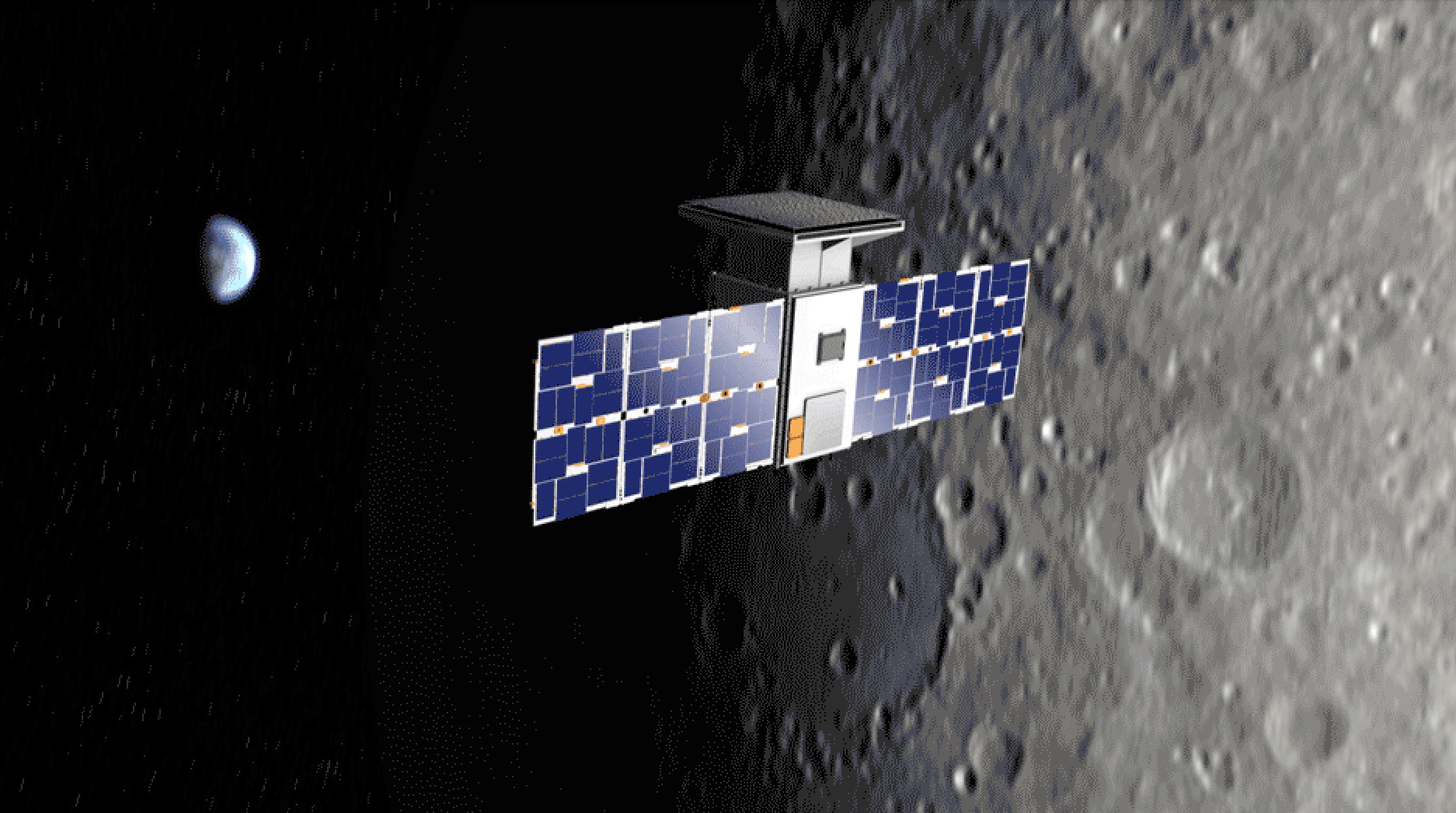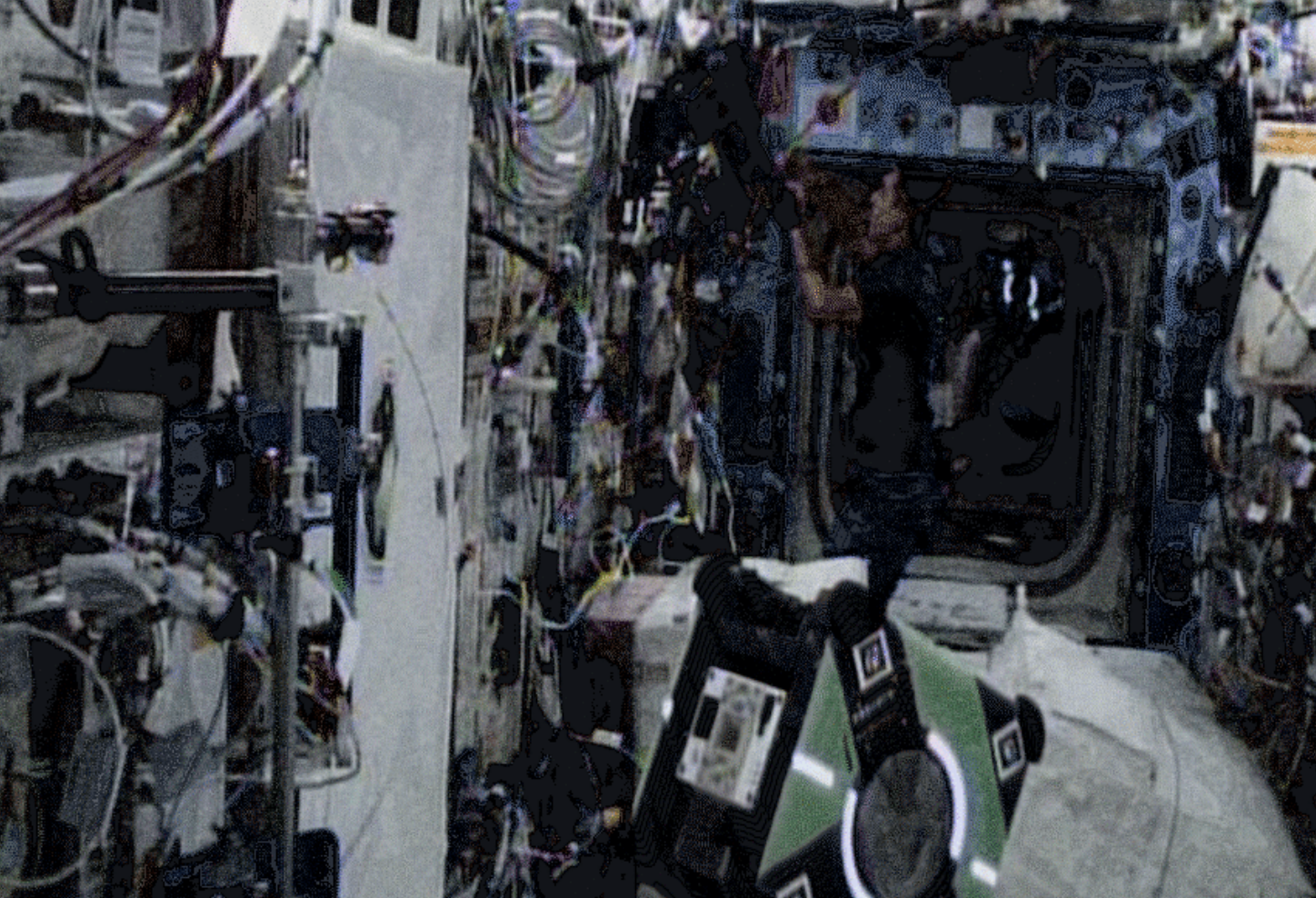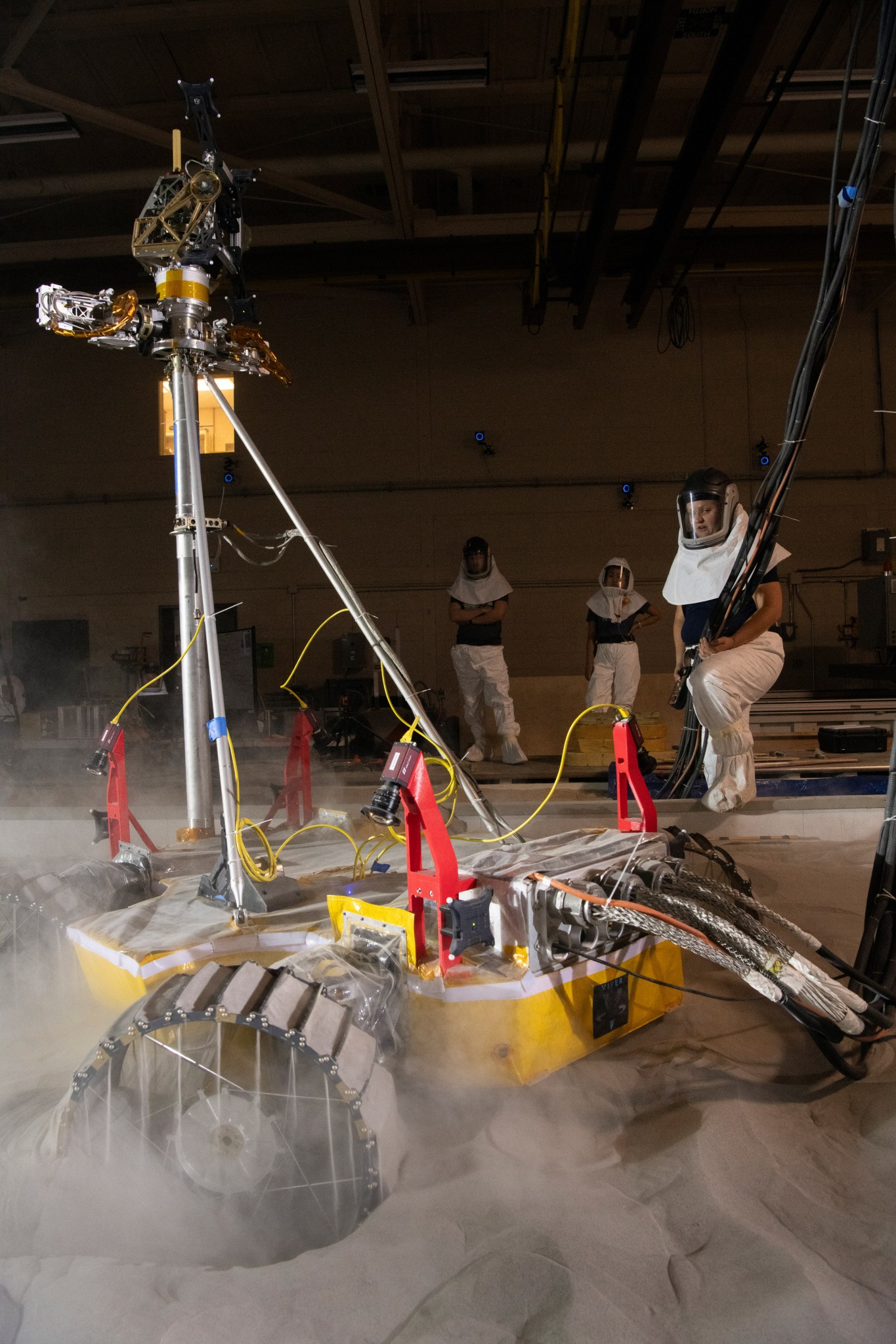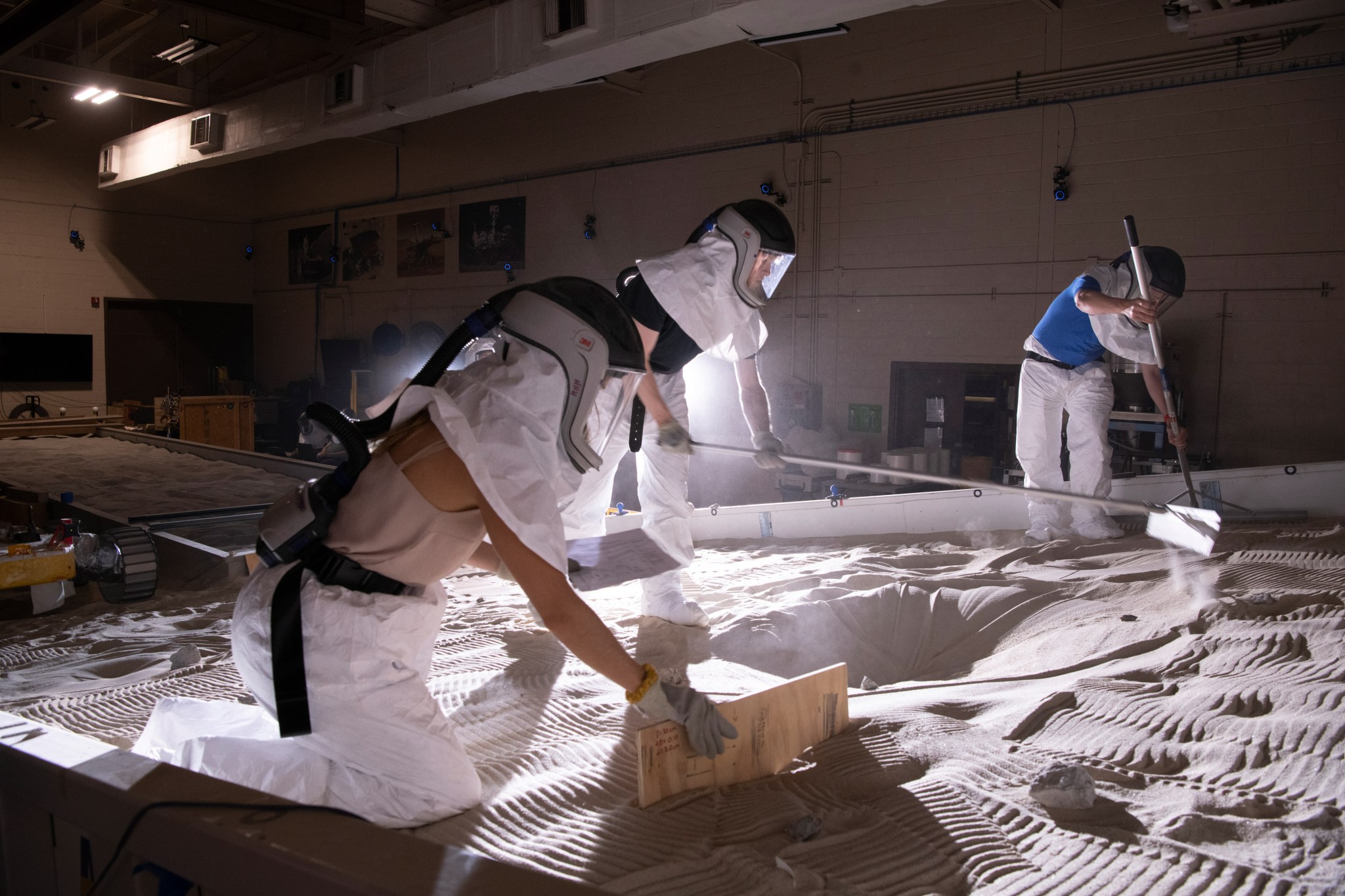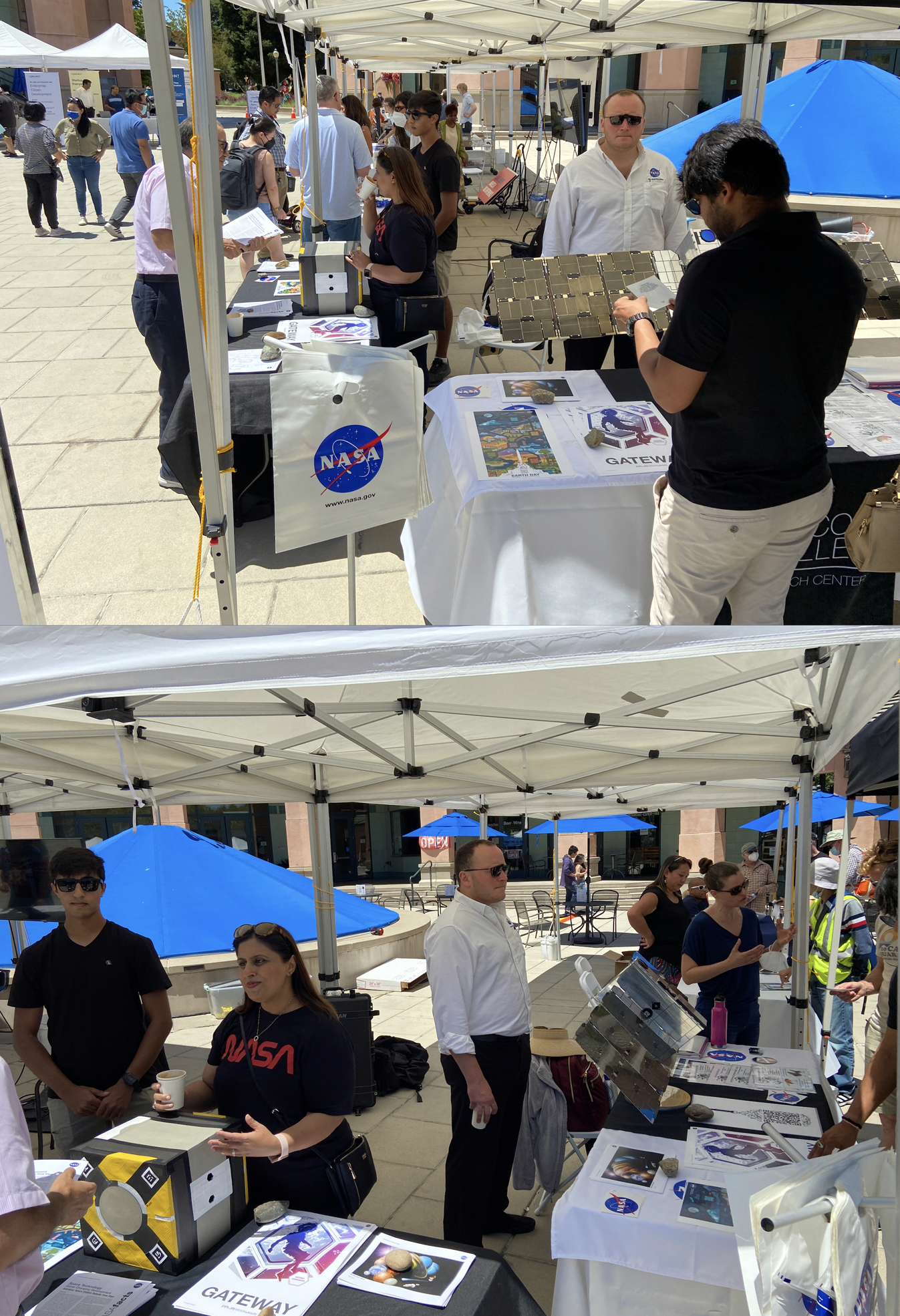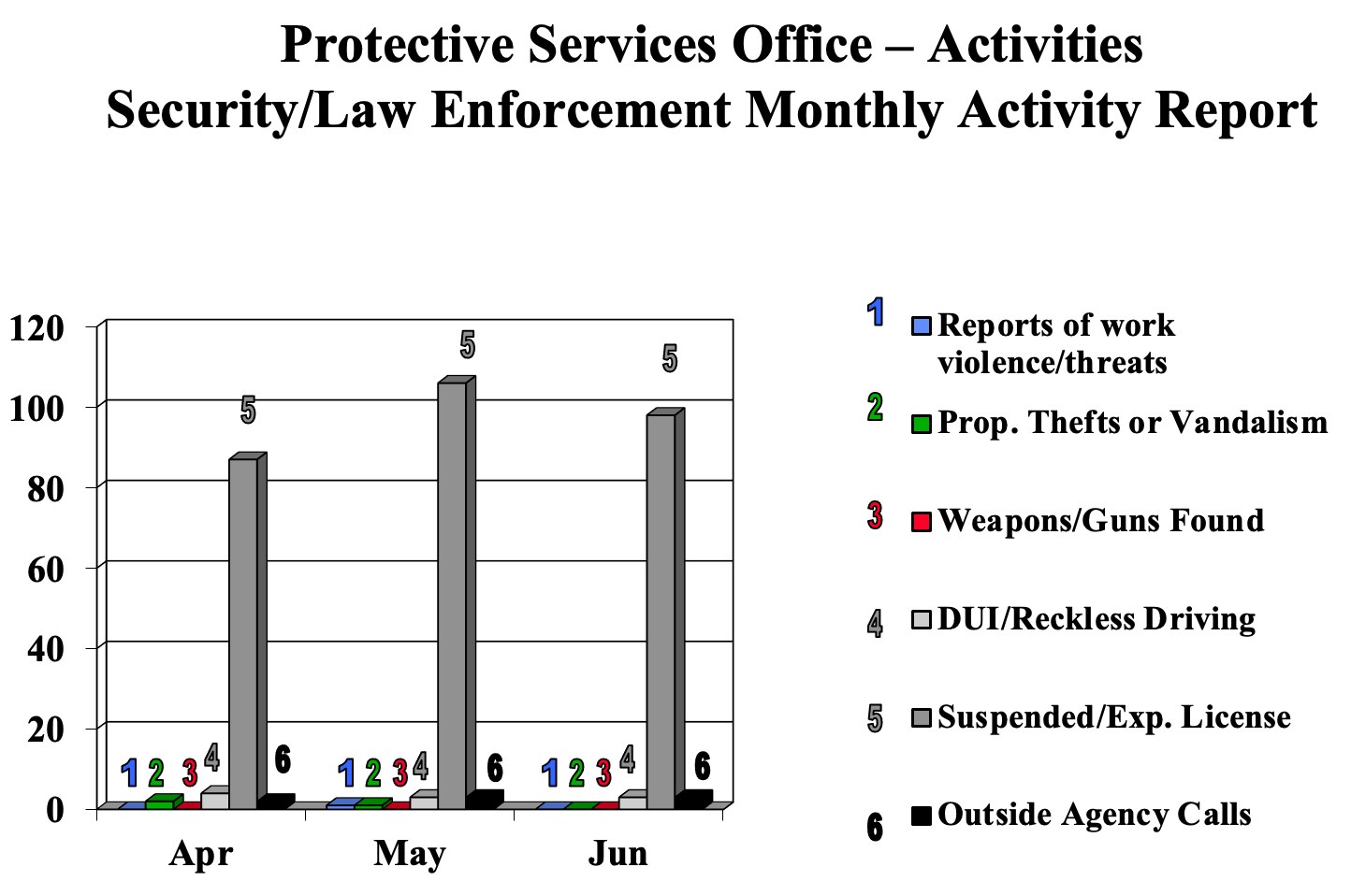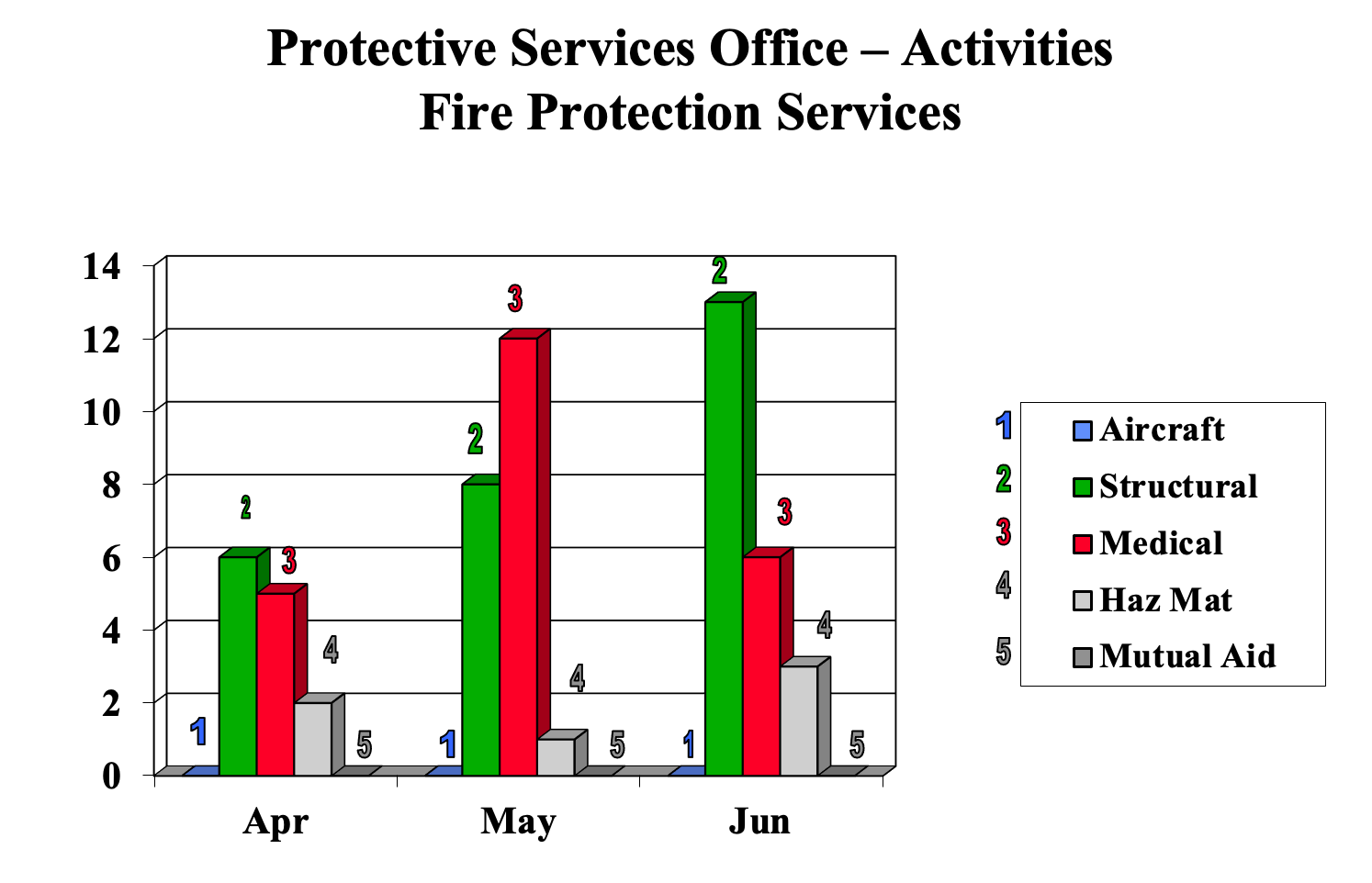Celebrating the First Images from NASA’s James Webb Space Telescope
NASA is an agency of firsts and today we reach another milestone in space exploration as we release the first full-color images and spectroscopic data from the James Webb Space Telescope and share them with the world. No words can do justice to these awe-inspiring images.
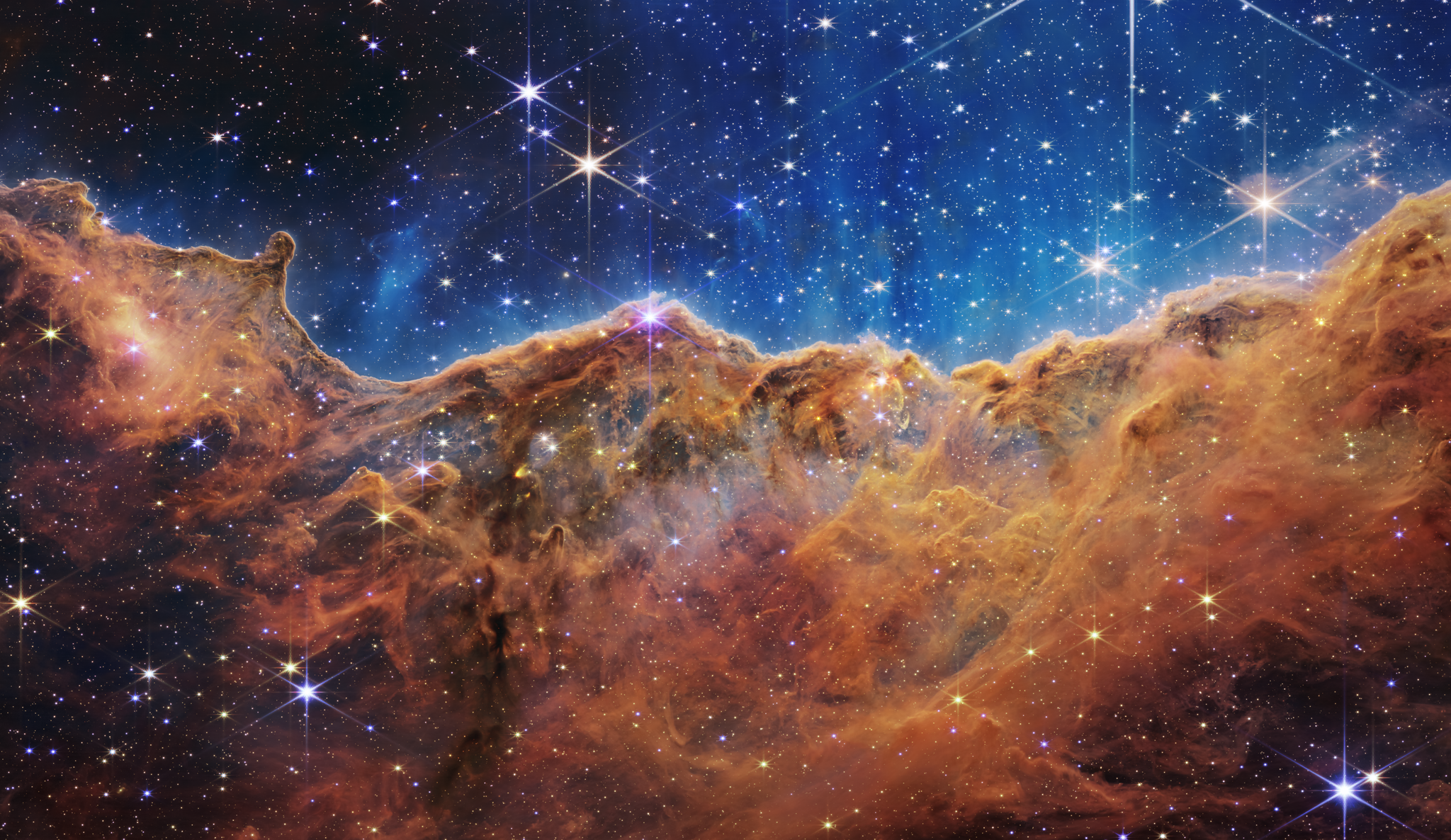
The Webb telescope is a game-changer for astronomy and our Ames community has much to be proud of. Ames personnel were involved in some of the earliest discussions that conceived the Webb observatory, and decades of work done at Ames helped lay the foundation for Webb’s mid-infrared detector technology. Ames researchers contributed to the design, development, and testing of two of Webb’s instruments, including a lead role on the spectroscopy modes for NIRCam — which was the source of the preview image unveiled yesterday by President Joe Biden.
The center continues to play a supporting role in Webb mission operations, and Ames scientists are leading more than 400 hours of observation time in Webb’s first year, including work on young stars, nearby galaxies, cosmic evolution, and exoplanets – another area where Ames has a legacy of leadership. Read more about Ames’ contributions to Webb here.
This is a once-in-a-generation milestone for NASA and our partners at ESA (European Space Agency) and the Canadian Space Agency (CSA). It’s a moment of celebration for the scientific community, as well as for everyone around the world who has been watching, waiting, and rooting for the success of this incredible human achievement.
Congratulations to everyone who contributed to bringing Webb to fruition and all who continue to support research and operations for this extraordinary instrument!
Follow CAPSTONE’s Four-Month Journey to the Moon in Real Time
by Frank Tavares
NASA’s microwave oven-sized CubeSat dubbed CAPSTONE is flying solo, blazing an unusual yet efficient deep space route to the Moon. The CubeSat is heading toward an unique orbit intended in the future for Gateway, a lunar space station built by the agency and its commercial and international partners that will support science and human exploration under Artemis.
During the next four months, CAPSTONE – short for the Cislunar Autonomous Positioning System Technology Operations and Navigation Experiment – will rack up serious mileage hurtling through deep space on its traverse from Earth to the Moon. Assisted by the Sun’s gravity, the spacecraft will reach a distance of 958,000 miles from Earth – more than three times the distance between Earth and the Moon – before being pulled back towards the Earth-Moon system.
This sinuous, gravity-driven track – called a ballistic lunar transfer, or BLT – dramatically reduces the amount of fuel the CubeSat needs to get to its target orbit. Rocket Lab’s Photon upper stage released CAPSTONE onto a BLT trajectory to the Moon on July 4. Since then, the CubeSat is using its own propulsion and the Sun’s gravity to navigate to its destination. When CAPSTONE catches up to the Moon on Nov. 13, its approach will be perfectly aligned for lunar orbit insertion.
NASA invites the public to follow CAPSTONE’s journey live. You can virtually ride along with the CubeSat with a simulated view of our solar system using NASA’s Eyes on the Solar System interactive real-time 3D data visualization – a digital model of the solar system. This simulated view of our solar system runs on real data. The positions of the planets, moons, and spacecraft – including CAPSTONE – are shown where they are right now.
Astrobee Space-Bots Mark A New Milestone in Human-Robot Teamwork
by Arezu Sarvestani
Humans won’t trek alone in future crewed missions to deep space. Robots are a central part of NASA’s plan for operating and maintaining spacecraft as humans return to the Moon, explore Mars, and venture beyond.
Seen here, two Astrobee free-flying robots – Queen in front and Bumble in the back – work alongside astronauts Raja Chari (closest to camera) and Matthias Maurer aboard the International Space Station. In past experiments, the robots have operated one at a time or have needed more hands-on support from their human colleagues. This video shows the first time that two Astrobees worked independently, side by side with humans, in separate modules of the station. Bumble tested its navigation ability in the Harmony module and gathered new station mapping data, while Queen captured its first 360-degree panoramic image of the interior of the orbital laboratory.
The mapping and imaging experiments are part of the Integrated System for Autonomous and Adaptive Caretaking (ISAAC) project, managed at NASA’s Ames Research Center in California’s Silicon Valley. The project uses the Astrobee system, a set of three cube-shaped robots plus a docking station designed and built at Ames. The Astrobees, which first launched to the space station in 2018, can operate fully autonomously or under remote control by astronauts or ground operators.
ISAAC researchers have been teaching the Astrobees to autonomously support spacecraft monitoring, maintenance, and other tasks. In addition to making spaceflight safer and more cost effective, robotic assistants like the Astrobees could manage routine chores to free up humans for more complex work. Furthermore, future spacecraft like the Gateway space station won’t be crewed year-round, and will need smart, self-run robots to keep an eye on things while humans are away.
The ISAAC project closed the current phase of its mission this month, but there’s much more in store for the Astrobees. Follow NASA Ames on Twitter for more updates about these industrious robots.
Astrobee was funded by the Game Changing Development (GCD) program within NASA’s Space Technology Mission Directorate and the Artemis Campaign Development Division, part of the Exploration Systems Development Mission Directorate. ISAAC is also funded by GCD. NASA’s Johnson Space Center has developed technologies for Astrobee and runs some of its research programs.
NASA’s VIPER Prototype Motors Through Moon-like Obstacle Course
by Rachel Hoover
It faced the quicksand-like soil in the “sink tank,” climbed the “tilt bed,” and conquered boulders and craters. NASA’s Volatiles Investigating Polar Exploration Rover (VIPER) prototype recently endured the most realistic tests to-date of its ability to drive through the most difficult terrain during its mission to the Moon’s South Pole.
Engineers tested the latest VIPER mobility engineering test unit, known as Moon Gravitation Representative Unit 3 (MGRU3) in the Simulated Lunar Operations (SLOPE) Laboratory at NASA’s Glenn Research Center in Cleveland. This MGRU3 features motor controllers specially designed for the Moon rover – a critical piece of hardware in the rover’s mobility system that controls the motors that send power the rover’s four wheels.
“Unlike most car engines, which uses a throttle and brake to speed up and slow down all four wheels, VIPER’s motor controllers make the rover wheels turn at the force and rate the drivers want, with extreme precision to allow for better performance,” said Arno Rogg, test director and rover systems engineer at NASA’s Ames Research Center in California’s Silicon Valley. “These tests allowed us to verify the performance of the rover mobility system and know it will work well on the Moon.”
The tests also helped engineers determine how well the rover will handle challenging conditions on the lunar surface.
“We wanted to see if the rover is capable of moving forward in an extreme sinkage environment, and how much slower VIPER might drive or how much additional power the rover would use because of tricky soil conditions,” said Mercedes Herreras-Martinez VIPER risk manager and mission systems engineering technical interchange lead at Ames.
Using the latest build of the rover software, engineers also tested out the prototype’s ability to “inch-worm” – or move its wheels in a special, caterpillar-like coordinated way that helps the rover get itself unstuck. The rover prototype also demonstrated it will autonomously stop moving if it approaches a slope that is too steep for it to climb or if it were to ever lose track of where it is on the Moon.
“We’ve captured a lot of data with these tests about what happens when the rover wheels grind over a rock or slip on loose terrain, and any sensor drifts – when the rover gets slightly off-course,” said Rogg.
All the Moon-like terrain and other hazards the rover prototype encountered were methodically and deliberately placed in the SLOPE lab following recommendations of the VIPER science team. The engineering test team then carefully selected the soil simulants, hand-picked rocks, and even carefully crafted the shape and size of the craters to realistically mimic actual features at the surface of the Moon’s South Pole.
Along with testing the rover’s ability to drive over difficult terrain features, another goal was to test the rover’s performance over lunar terrain the team expects the rover to encounter most of the time.
“Using data and imagery from previous lunar missions, we created various randomized scenes to mimic the surface terrain of the Moon, with craters and rocks of different sizes and shapes scattered over the SLOPE tilt bed,” said Kevin May, rover and mission systems engineering intern at Ames who led the terrain preparation for the test. “With help from the VIPER science team, which generated cut-out templates of crater profiles, we were able to form features out of the terrain and shape more accurate craters than ever before. By recreating realistic Moon-like environments, we can get a much better idea of how VIPER will perform on the surface.”
Field Tests Help Prepare NASA Tech for Fire Season
by Abigail Tabor
Even before the summer’s hottest, driest weather has arrived, wildfires have taken a heavy toll in some parts of the U.S. This spring, in collaboration with fire response teams, NASA researchers tested their prototype tools to help make the demanding job of wildland firefighters safer.
One element of the solution developed by NASA’s Scalable Traffic Management for Emergency Response Operations (STEReO) project focuses on firefighters who operate Unmanned Aircraft Systems (UAS), or drones.
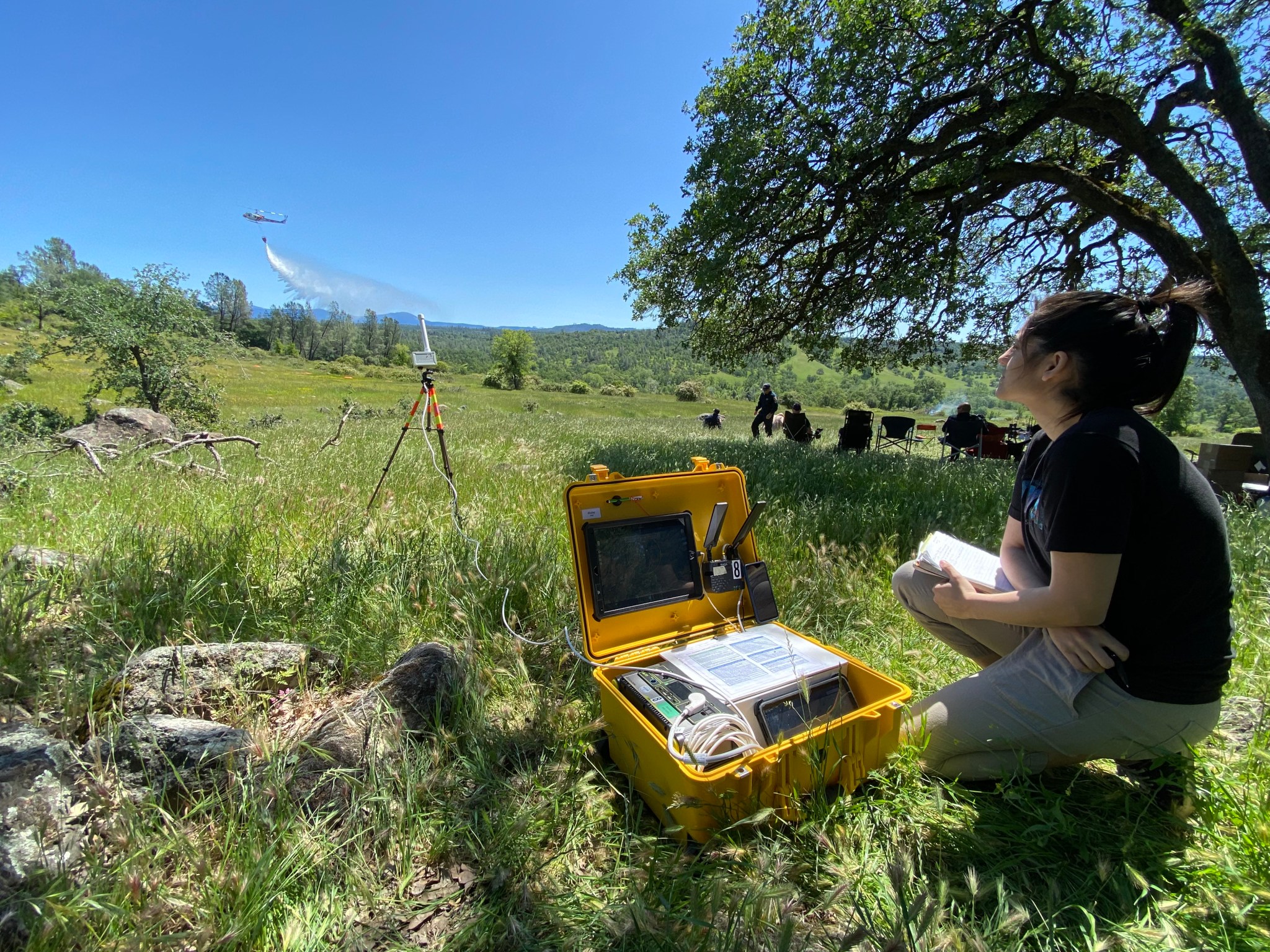
Drones are able to capture thermal images of the landscape below, which can help determine the safest, most effective approach to fighting a particular fire. Activities in the airspace above such a disaster become complex, with multiple types of aircraft performing operations. STEReO’s prototype device, called the UAS pilot’s kit (UASP-kit), notifies drone pilots where crewed aircraft are positioned, allowing them to safely stay out of the way.
The NASA team evaluated their UASP-kits in real-life settings at two field tests this spring – one with multiple stops across the southern United States, the other in Northern California.
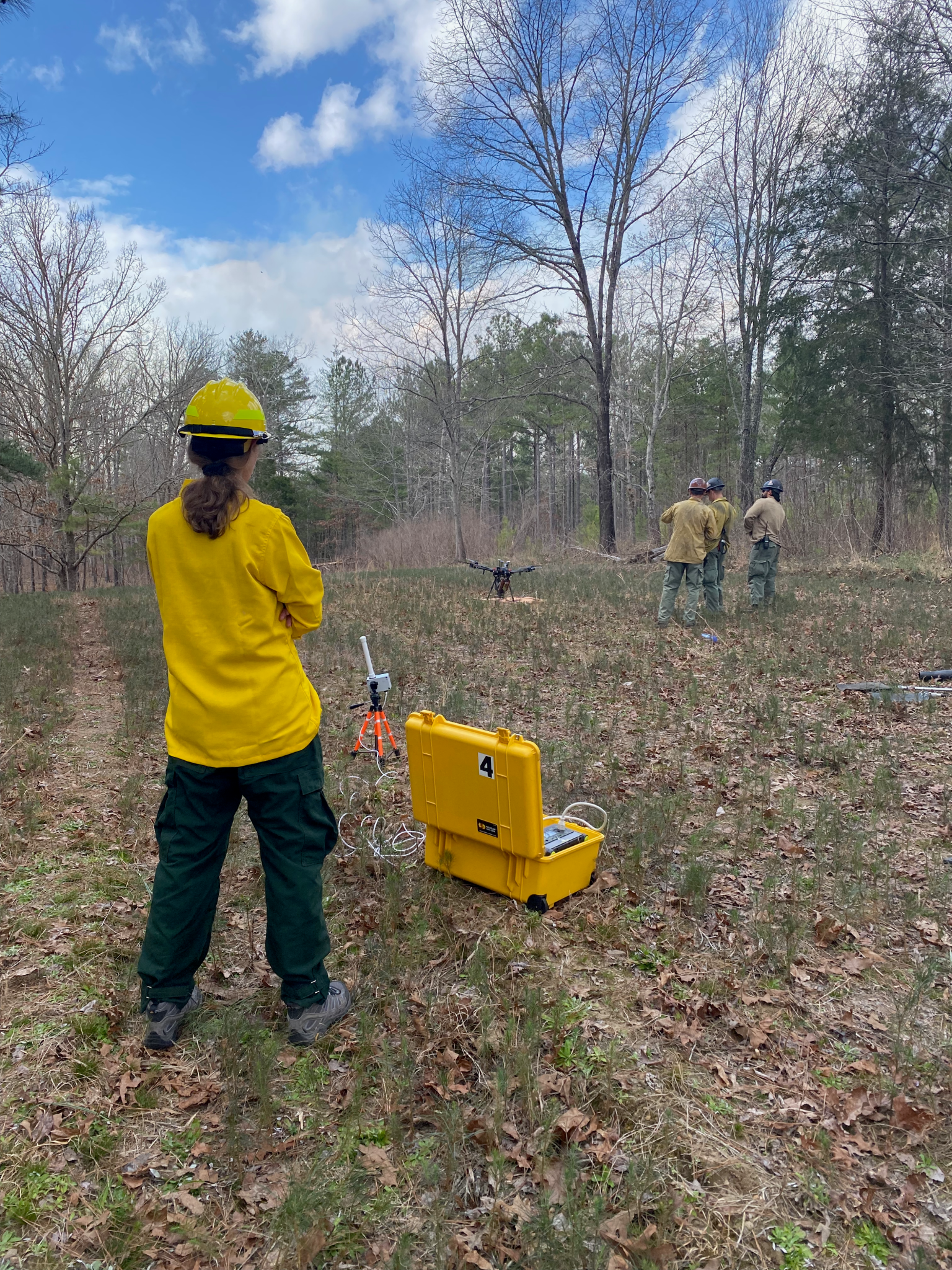
Aerial Ignition: Lighting Friendly Fires
In March, STEReO team members observed U.S. Forest Service personnel working at prescribed burns in eight national forests across Georgia, Alabama, and Mississippi. These intentional fires are a land management strategy used to reduce the amount of vegetation available for unintentional fires to burn. They’re started with aerial-ignition platforms, drones that precisely drop small incendiary balls while under the control of a remote pilot. Forest Service trainees were learning the ropes.
The NASA team brought four of their UASP-kits to these events, taught Forest Service personnel how to operate them, and then observed as the firefighters used the technology during two weeks of real-world missions.
The prescribed burns provide a way to practice for fire emergencies. But they also come with their own challenges, which STEReO can help meet. Unlike wildfire disaster responses, prescribed burns don’t have the protections offered by a closed-off airspace meant to keep other aircraft out of the way. That means anyone can fly through the area. STEReO’s UASP-kit gives operators greater awareness of nearby aircraft, making it safer to conduct these helpful kinds of burns.
From this field work, NASA researchers gathered important data and feedback from fire teams’ extended use of STEReO’s concepts in a real-world setting.
“It was great to see them incorporate the UASP-kit into their workflows and hear how it affects their situational awareness,” said Joey Mercer, STEReO’s principal investigator at NASA’s Ames Research Center in California’s Silicon Valley, where the project is led. “Any time spent in the field with firefighters is super valuable – we get to see more of their world and see who we’re building this technology for.”
Updating the UASP-kit
On the other side of the country, in early May, STEReO researchers joined a training course related to aerial firefighting hosted by the California Department of Forestry and Fire Protection (CAL FIRE). In Redding, California, trainees were learning to direct the intense airspace activity of an emergency response, with numerous aircraft flying over a simulated fire. On the ground, NASA’s STEReO team was testing new features of their UASP-kit.
While no drones were flown that day, STEReO team members played the role of the UAS pilot and tested how the UASP-kit performed with their latest software in this complex environment.
“We were able to see right away if a new feature was working well, or if it needed immediate attention from our team’s software engineers,” said Mercer. “This rapid prototyping approach, when validated in these operational settings, is the fastest way for us to be sure we’re giving these users the capabilities they need.”
Looking Ahead
As fire season progresses, the STEReO team will keep learning how to improve the UASP-kit from their partners on the front lines of wildfires. Forest Service and CAL FIRE staff will continue to operate the UASP-kits throughout this fire season, giving the STEReO team many opportunities to observe how drone operators use their technology during wildfire disaster responses.
STEReO is led by NASA’s Ames Research Center in California’s Silicon Valley in collaboration with two other NASA centers: Langley Research Center in Hampton, Virginia, and Glenn Research Center in Cleveland, Ohio. STEReO’s partners range from federal agencies to city and state fire departments, utilities, and private companies. The work is a concept study under NASA’s Convergent Aeronautics Solutions project.
Aitken Leaps Over Pleides to Become NASA’s Most Powerful Supercomputer
by Michelle Moyer
With its latest expansion, the Aitken supercomputer became NASA’s most powerful high-performance computing (HPC) system—surpassing the agency’s longtime HPC workhorse, Pleiades, which held the title for 14 years after its deployment in 2008. Both systems are located at the NASA Advanced Supercomputing (NAS) facility at Ames Research Center in Silicon Valley, Calif., where Aitken is installed in the energy-efficient Modular Supercomputing Facility (MSF).
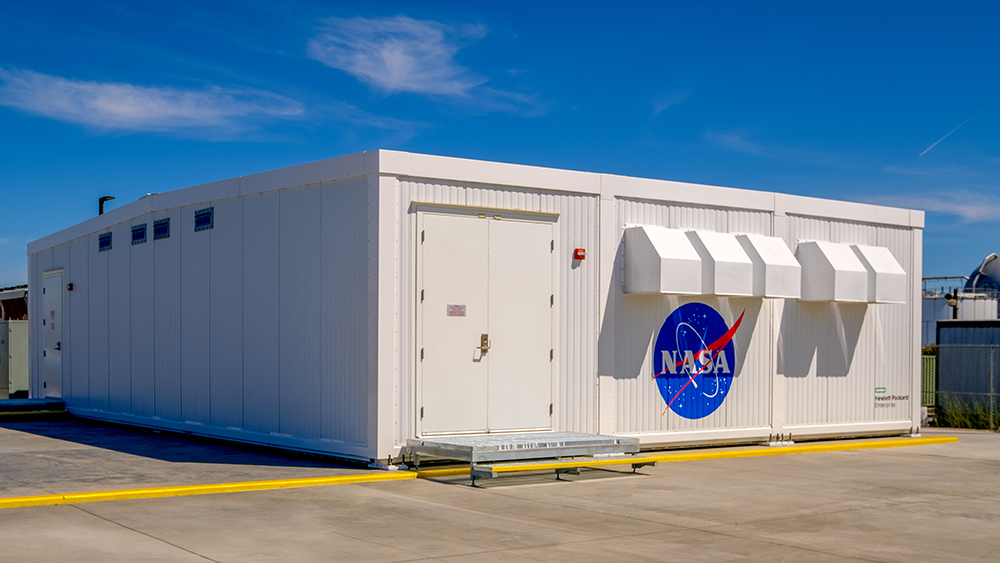
The addition of four new HPE Apollo system racks containing 512 Rome nodes brings Aitken’s total node count to 3,200—with 308,224 cores—and fills up the first module of the MSF, which was deployed in August 2019. Coming in at number 58 on the June 2022 Top500 list of the world’s most powerful supercomputers, Aitken’s theoretical peak performance is now 13.12 petaflops (quadrillion floating-point operations per second).
This sizeable enhancement—a 16% increase in performance since its previous expansion, and a 49% increase since last year, when the system was ranked at number 72 on the June 2021 Top500 list—translates to solving larger problems with faster results for important NASA research projects in aeronautics, space exploration, Earth science, and astrophysics.
Enabling NASA Science and Exploration
Aitken is a key resource for hundreds of NASA-associated scientists and engineers working on projects across all of the agency’s mission directorates. For example, aerospace engineers at Ames are supporting upcoming Artemis missions by simulating the launch environment at Kennedy Space Center. Their high-resolution simulations—which run for weeks across thousands of Aitken’s cores—predict aerodynamic loads on the launch vehicle, mobile launcher, tower structures, and flame trench, and include the water effects from the launch pad’s sound suppression system. Results provide a more complete picture of the extreme conditions of the launch environment, helping NASA reduce mission risk by increasing safety, and potentially saving significant amounts of time and money.
Scientists at NASA Goddard are running cutting-edge kinetic plasma simulations on Aitken to learn more about the structures and dynamics of magnetic reconnection—the way the Sun’s magnetic fields connect and disconnect with those of Earth’s magnetosphere. This work enables scientists to interpret and analyze observational data obtained by NASA’s Magnetospheric Multiscale (MMS) Mission spacecraft, and supports the development of predictive capabilities such as space weather forecasts. The research is also helping to guide science planning for several upcoming heliophysics missions, including HelioSwarm, the Solar-Terrestrial Observer for the Response of the Magnetosphere (STORM), and the Tandem Reconnection and Cusp Electrodynamics Reconnaissance Satellites (TRACERS).
Benefits of the Modular Approach
The module containing Aitken uses an innovative cooling method uniquely suited to the San Francisco Bay Area’s temperate weather. A combination of outdoor air and fan technology cools water in a closed loop system to remove the heat generated by the computer’s processors; two adiabatic coolers adjacent to the module are used to cool the water loop when the ambient air temperature is too high.
Located on a one-acre site with the infrastructure to support a total of 16 modules for computers and data storage, the MSF’s potential for future expansion highlights another significant benefit of using the modular approach: the flexibility to construct additional modules and add computing power relatively quickly to meet changing priorities and respond to new challenges for agency missions.
Over the next two years, NASA will install a second compute module and a new data module at the MSF. The data module will provide filesystems that are independent of the existing file storage in the NAS facility. This will allow maintenance to be performed independently on the NAS facility and the MSF while still keeping the other systems running so that scientists and engineers can continue to run their simulations uninterrupted.
Four Supercomputers to Support 1,500 Researchers
While Aitken is NASA’s newest supercomputer, it is just one of four powerful systems provided by the High-End Computing Capability (HECC) Portfolio at the NAS facility. Together, these four systems—Aitken, Electra, Pleiades, and Endeavour—are used by more than 1,500 researchers from NASA centers, universities, and industry to support the agency’s challenging mission to explore space and to understand our planet and its place within the universe.
Ames Showcases Astrobee, Small Sats, and BioSentinel at Tech Showcase
NASA staff showcased Astrobee, small satellites and BioSentinel projects at the Mountain View Tech Showcase on Tuesday, July 19. The event was well attended by hundreds of guests and featured other exhibits from autonomous vehicle concerns such as Waymo and emergency response technology from Verizon as well as a slew of other local companies. The NASA presence interacted with upwards of 350 attendees and was able to engage the community on a variety of subjects.
Statistical Summary of Activities of the Protective Service Division’s Security/Law Enforcement and Fire Protection Services Units for Period Ending June 2022





























